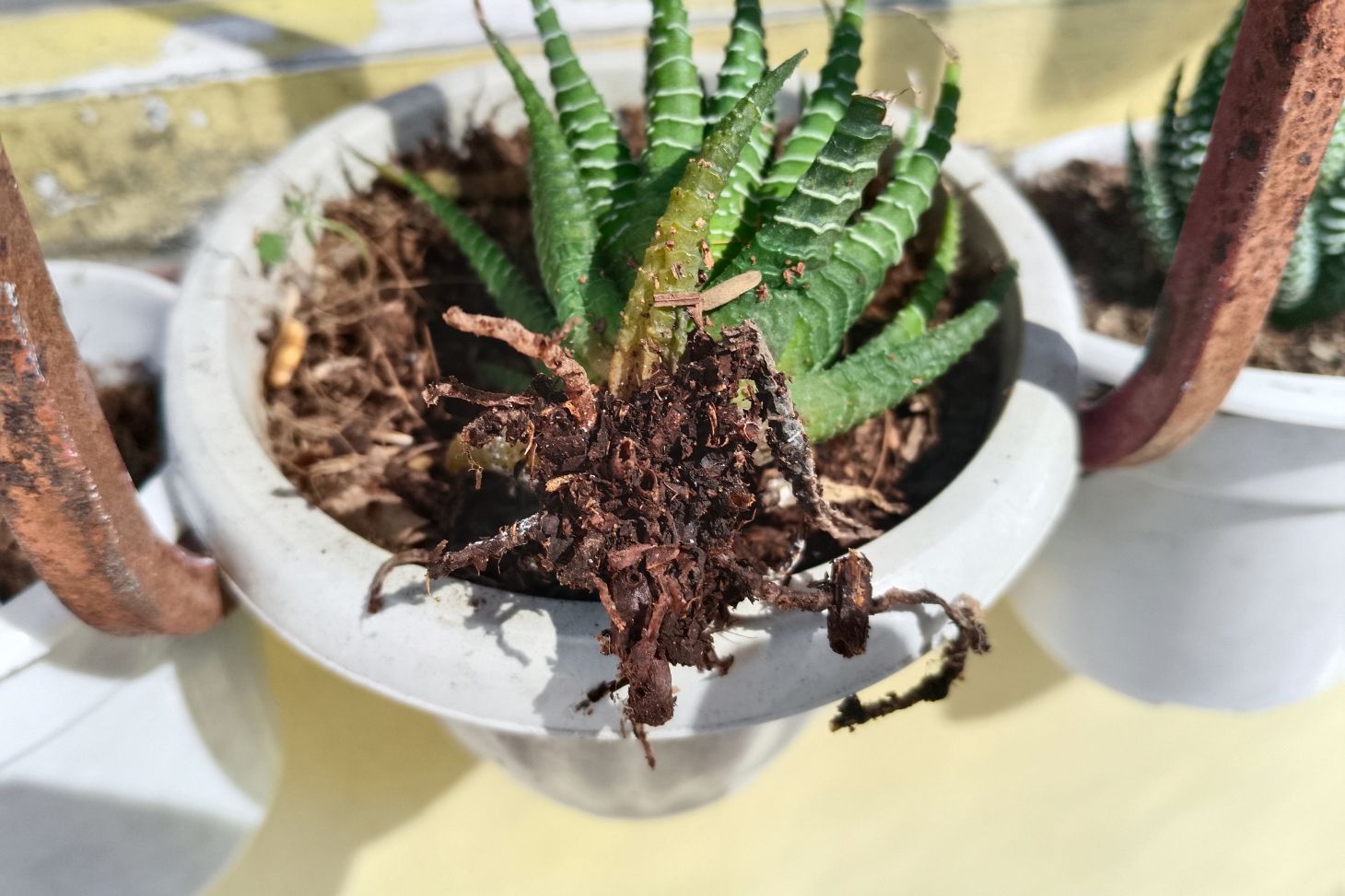Succulent Rot Prevention
Succulent rot is a common problem that can destroy your favorite plants if you’re not careful. You can prevent succulent rot by letting the soil dry completely between waterings, using well-draining soil, and making sure your plants get plenty of sunlight. Paying attention to your succulents and acting fast if you notice soft, dark, or mushy spots can keep small problems from turning into big ones.
Taking simple steps like not overwatering and choosing the right soil makes a big difference. With the right care, you can keep your succulents healthy and strong year-round.
Key Takeaways
- Learn what succulent rot is and why it happens.
- Practice proven ways to stop rot before it starts.
- Understand how to fix and protect your plants if rot appears.
Understanding Succulent Root Rot
Succulent root rot is a common problem, and it can mean the loss of your plant if not caught early. Knowing what causes it, how to spot the first signs, and what it does to your succulent will help you keep your plants healthy.
Common Causes of Root Rot
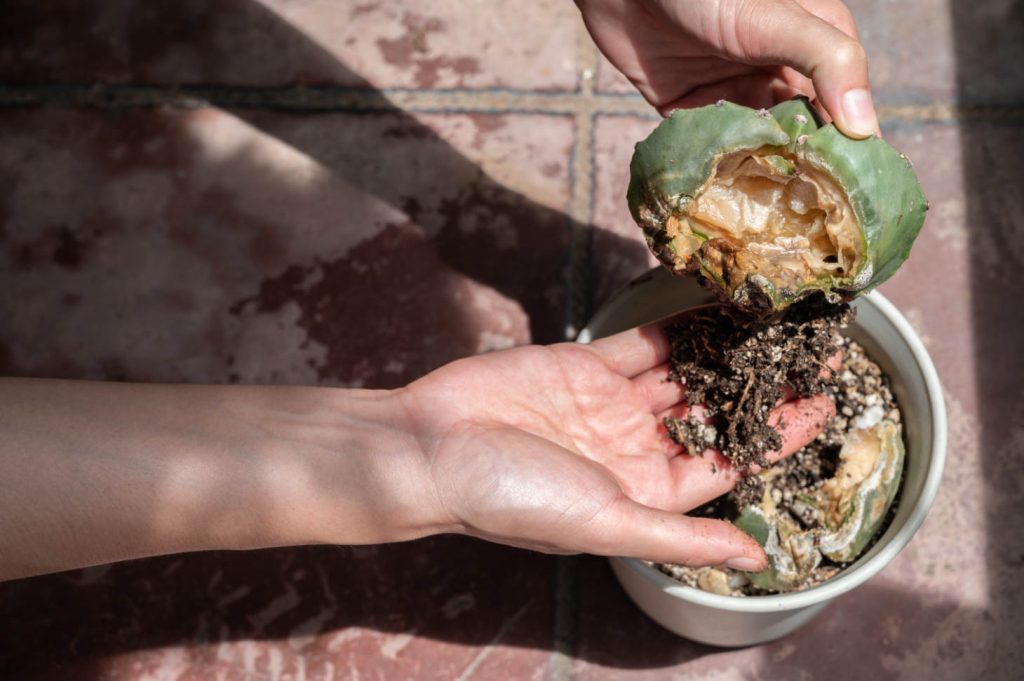
Root rot begins when too much water sits around the roots. Succulents need well-draining soil, and soggy conditions let fungi and bacteria thrive. Pots without drainage holes also make root rot more likely, as water can collect at the bottom. Heavy soils, such as those with too much clay or organic matter, can trap moisture and create the perfect environment for rotting.
Other common causes include:
- Overwatering: Watering too often or too much in one go.
- Poor air circulation: Closed or crowded spaces slow soil drying.
- Using old, infected soil: Old soil can hold disease that spreads to new plants.
These issues let bacteria and fungal infections invade the plant roots and quickly spread.
Recognizing Early Signs and Symptoms
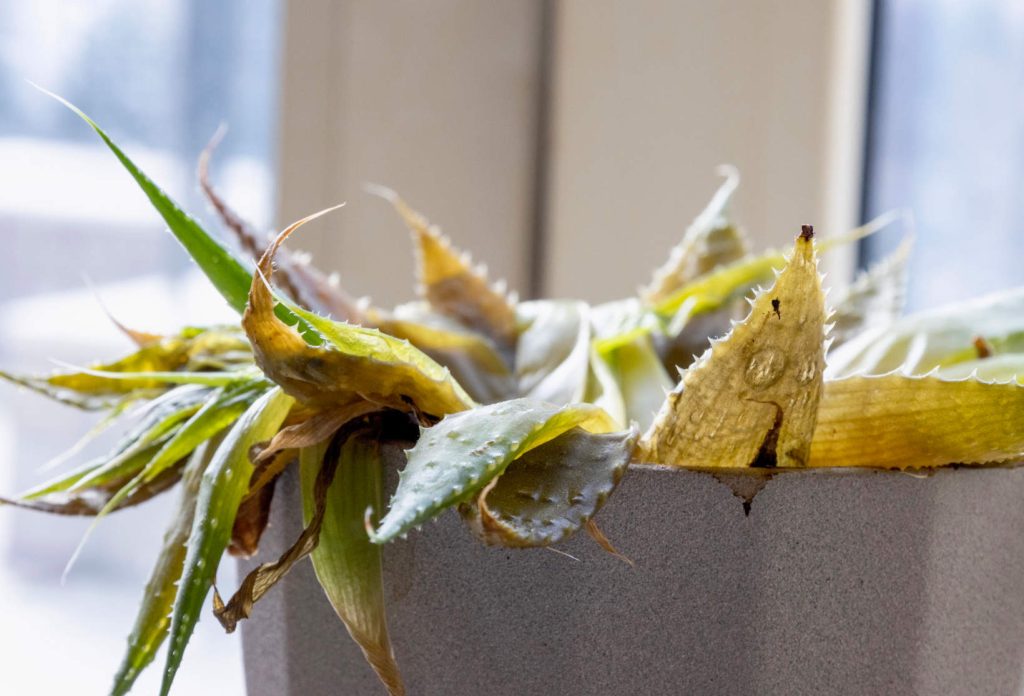
Catching root rot early is key to saving your succulent. You might notice the following signs:
- Wilting leaves even when the soil feels damp.
- Discoloration, like leaves turning yellow, black, or translucent.
- Mushy or soft roots when you gently check underground.
- Leaves or stems that feel mushy or soggy when touched.
- A foul smell or rotten odor coming from the soil or roots.
Early symptoms can also include stunted growth and a loss of firmness in the plant’s base. If left untreated, these signs will get worse, and the damage can spread from the roots to the stems and leaves.
How Root Rot Affects Succulent Health
When root rot sets in, the roots become black or brown, mushy, and weak. This prevents your succulent from taking up water and nutrients. As a result, your plant can’t support new growth and may stop growing altogether.
Infected roots are often damaged by both fungal and bacterial infections. The plant’s base can soften, while stems may become weak and start falling over. Because the roots are not working, your succulent can show signs of dehydration, such as shriveling or dropping leaves.
Severe rot may move up from the roots, leading to the rotting of stems and leaves. Once this happens, saving the plant becomes very difficult. Prompt action is needed to remove all rot and keep your succulent healthy.
Key Prevention Strategies
To protect your succulents from rot, you should focus on the soil’s ability to drain water, how and when you water, the amount of sunlight and airflow, and the type of pot you use. These parts of plant care work together to lower the chance of overwatering and fungal diseases.
Optimizing Drainage and Soil Mix
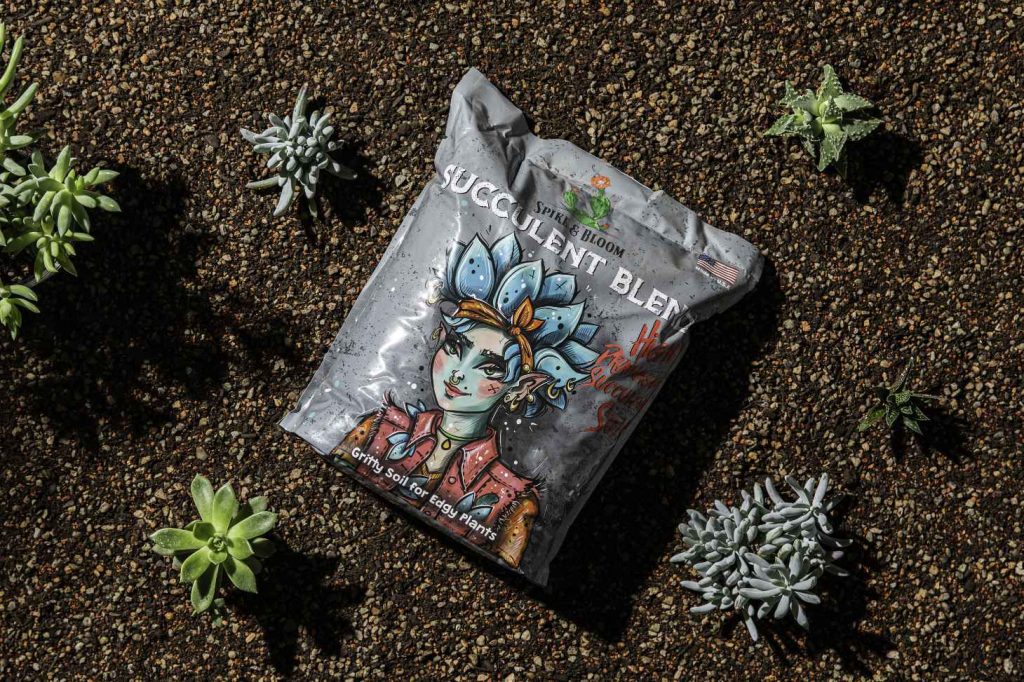
Drainage is one of the most important defenses against succulent rot. Always use a well-draining soil mix. You can purchase mixes made for succulents or make your own.
Combine:
- 3 parts potting soil
- 2 part coarse sand
- 1 part perlite or pumice
This blend keeps water from pooling around the roots. Avoid garden soil or soils that hold water for a long time. If you notice water sits in the pot for more than a few minutes after watering, your mix needs better drainage. Refresh the soil as needed based on the health of the plants and the condition of the potting mix.
Proper Watering Techniques
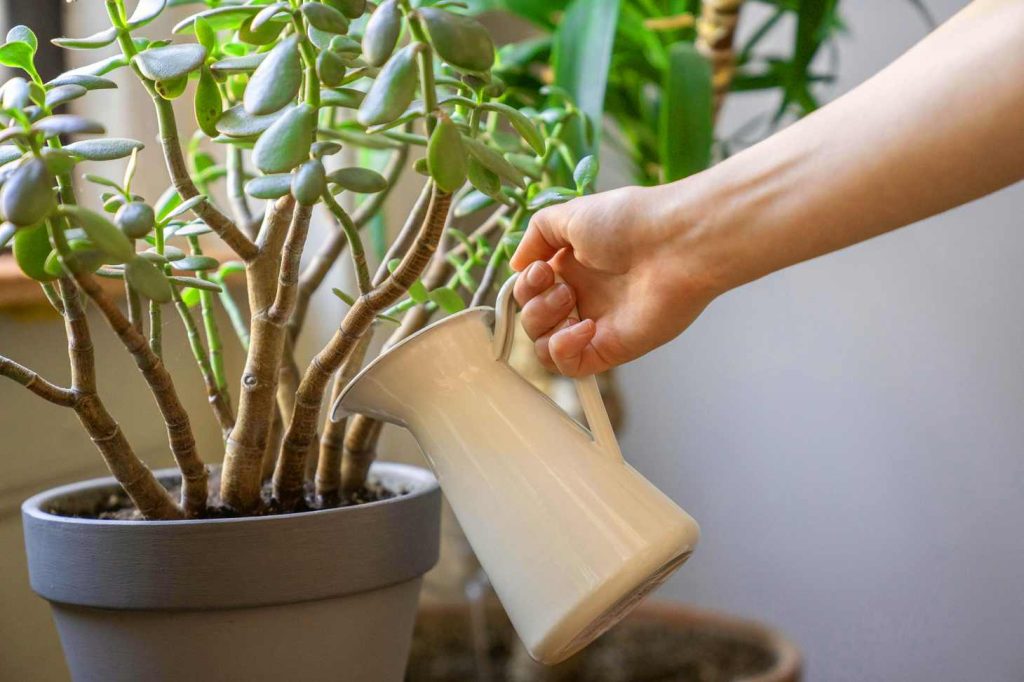
Overwatering is the leading cause of root rot. Succulents need less water than most other plants. Only water when the top 2-3 inches of soil are dry.
Use these steps for better watering:
- Check the soil with your finger, not just by looking.
- Water deeply, but let extra water drain out.
- Do not let your succulent sit in a saucer of standing water.
In warmer months, you might water every 1-2 weeks. In cooler months, water less often. Water sparingly and avoid regular schedules. If your plant’s leaves look mushy, translucent, or swollen, you might be over-watering.
Ensuring Adequate Airflow and Sunlight
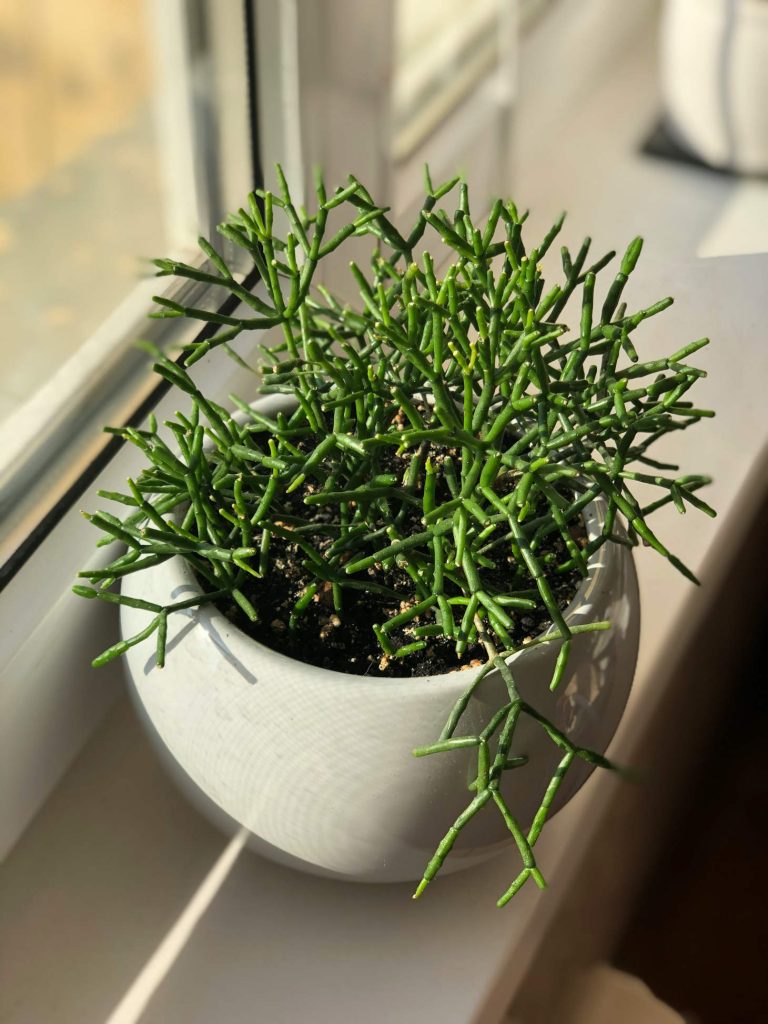
Fungi and rot love still, damp air. Good air circulation keeps leaves and soil dry, which discourages diseases. Place your succulents where air moves freely. You can put them near a fan or an open window with a breeze on warm days.
Succulents also need plenty of sunlight. Most do best with at least 6 hours of indirect light each day. Sun helps dry soil faster and keeps plants strong. Watch for signs of too little light, like stretched growth or pale leaves. With enough airflow and sunlight, humidity levels stay low and disease risk drops.
Selecting the Right Pot and Drainage Holes
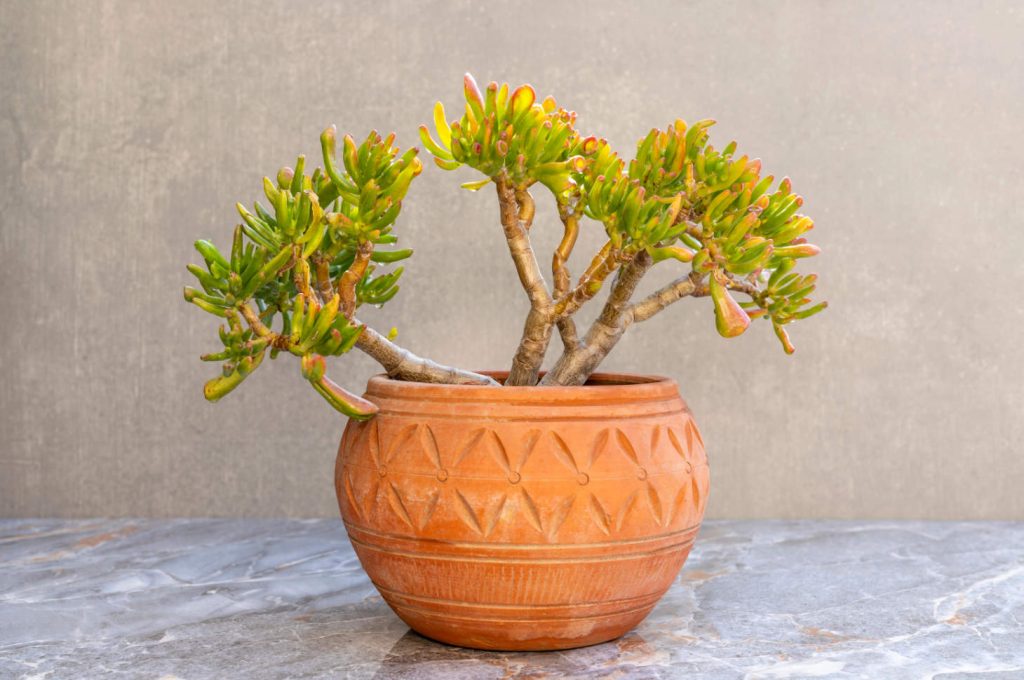
The right pot is key for healthy succulents. Always choose a pot with adequate drainage holes. These holes let extra water escape, which prevents soggy roots and soil.
Terracotta pots are a good choice because they absorb some water and dry out faster. Make sure the pot isn’t too large. A pot that is just slightly bigger than the root ball helps roots absorb water without staying wet for too long.
Avoid using glass or metal containers with no holes. Repot your succulent in fresh soil if you notice poor drainage or signs of rot. Regularly check that the drainage holes aren’t blocked by dirt or roots. Proper pot selection and maintenance is a simple way to ensure proper drainage and help avoid common rot problems.
Addressing Fungal and Bacterial Threats
Fungal and bacterial problems can quickly lead to rot in succulents if not managed early. Common threats include fungal infections from overwatering and poor airflow, as well as bacterial soft rot that spreads fast in damaged or wet plants.
Preventing Fungal Infections
Fungi such as Fusarium, Phytophthora, Rhizoctonia, and powdery mildew cause wilting, root rot, black spots, or powdery growths. Proper watering and good drainage are your first line of defense. Use pots with drainage holes and avoid watering late in the day. Allow the soil to dry completely between waterings.
Increase airflow by spacing plants apart and removing debris. If you spot yellowing leaves or fungal growth, isolate the plant. Remove affected parts using sterilized scissors.
Treatment options include:
- Copper fungicide: Spray on leaves, stems, and roots to stop fungal spread.
- Baking soda solution: Mix 1 teaspoon baking soda with 1 quart of water; spray every two weeks.
- Hydrogen peroxide: Dilute to 3% and apply to soil or infected roots.
- Neem oil: Effective against powdery mildew and safe for most succulents.
Regularly check plants for early signs, so you can act quickly.
Managing Bacterial Soft Rot
Bacterial soft rot, caused by bacteria like Erwinia, turns plant tissue soft, mushy, and sometimes foul-smelling. Black spots and sudden yellowing of leaves are common early signs. This disease often enters through wounds or root damage, especially in damp conditions.
If you see soft rot, remove the succulent from the soil. Cut away all mushy parts using a sterile knife. Allow the healthy tissue to callous for a few days before replanting in fresh, well-draining soil.
Disinfect pots, tools, and surfaces with a solution of water and isopropyl alcohol to prevent bacteria from spreading. Avoid overhead watering and make sure there’s no standing water around the base of your plant.
Dispose of infected material carefully. Do not compost it, as bacteria can linger and infect other plants.
Controlling Pests that Exacerbate Rot
Pests like ants, mealybugs, spider mites, and scale insects damage succulent tissue, making it easier for fungal and bacterial infections to take hold. These pests feed on your plants, often causing tiny wounds or sticky residue that promotes disease.
To control pests:
- Wipe leaves with isopropyl alcohol to remove mealybugs or scale insects.
- Spray with neem oil or insecticidal soap for ongoing issues.
- Use diatomaceous earth around the base of plants to deter crawling pests like ants.
Check under leaves and near the base for hidden infestations. Early treatment prevents both direct damage and the spread of rot-causing organisms. Healthy, pest-free plants are much less likely to develop serious rot problems.
Maintenance and Recovery for Healthy Succulents
Caring for succulents includes checking for signs of rot, using the right soil, and supporting new growth after damage. Quick action helps you keep Echeveria, Haworthia, Aloe, and Agave healthy and strong.
Pruning and Repotting Diseased Plants
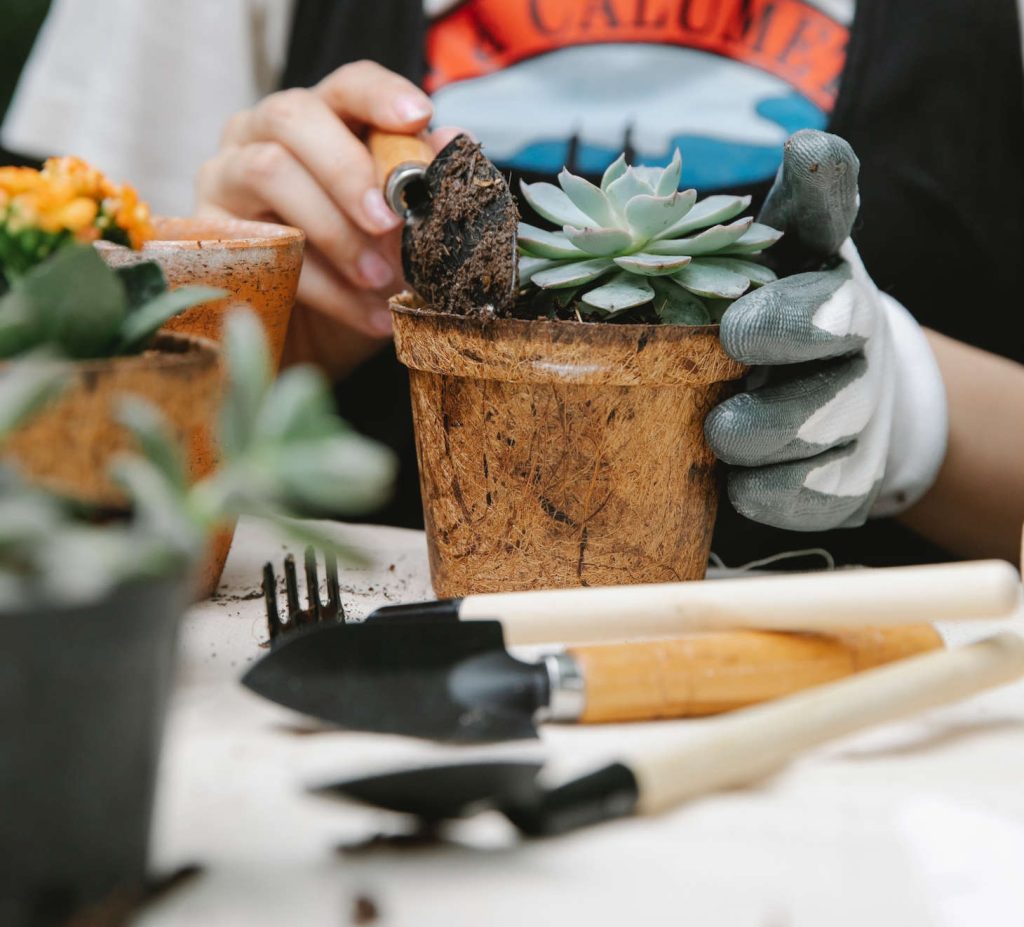
If you see mushy, brown roots or stems, root rot may be present. Use clean scissors or pruning shears to carefully cut away any soft, black, or rotten tissue. Remove all affected roots and leaves, leaving only the firm, healthy parts.
Next, let the plant dry for a day in a shady, warm place. This step helps callous any cut areas and prevents new rot. Repot the succulent in fresh, well-draining soil, choosing a blend that drains quickly, avoid soils that stay wet. Make sure the new pot has drainage holes. Do not water your succulent for a few days after repotting to lower the risk of more rot.
Monitor your plant for signs of new healthy growth. If remaining roots are limited, water only when the soil is completely dry. Excess water can easily restart root rot. This approach works for all succulents, including Haworthia, Echeveria, Aloe, and Agave.
Propagating Succulents After Rot
If rot has ruined the roots or main stem, propagation can save your plant. Cut healthy leaves or stem segments from your succulent using a sterile knife. Let these cuttings air dry for a few days until the cut end forms a hard, dry surface.
Once calloused, place the cuttings on a tray of well-draining soil. Do not water right away. Wait a few days, then mist the soil lightly until new roots form. Most succulents, including Haworthia and Echeveria, will root within 2-4 weeks.
When new roots or tiny leaves appear, gently move your propagated plant to its own pot. Always use clean soil and a container with drainage to prevent new rot issues. Label your new plants to keep track of propagation success.
Nutrients and Soil Amendments
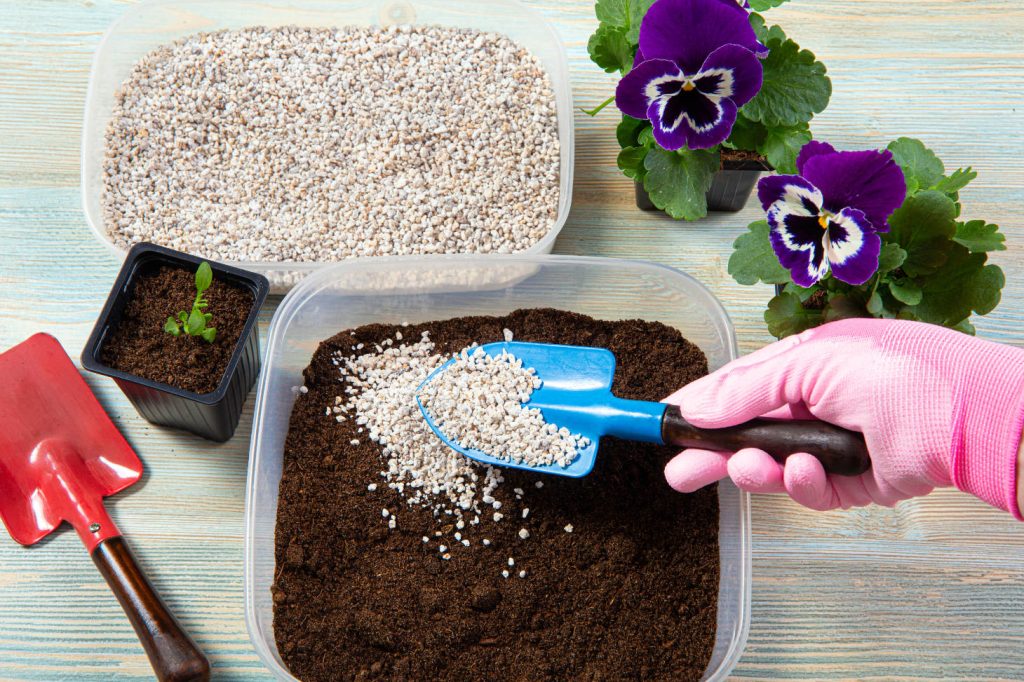
Succulents need specific nutrients for healthy roots and leaves. A balanced fertilizer with equal parts nitrogen, phosphorus, and potassium (for example, 10-10-10) helps support recovery after rot. Use a half-strength dose, as too much can damage the plant.
Soil is just as important as fertilizer. Choose a gritty, loose mix with sand, perlite, or pumice for Echeveria and Haworthia. This allows extra water to escape, which is key for preventing root rot. Avoid soils that hold moisture, as this can increase the risk of disease.
Check your plants every few weeks and refresh their soil if it looks compacted or does not drain well. Healthy soil and the right nutrients give succulents the best chance to recover and grow strong.
Frequently Asked Questions
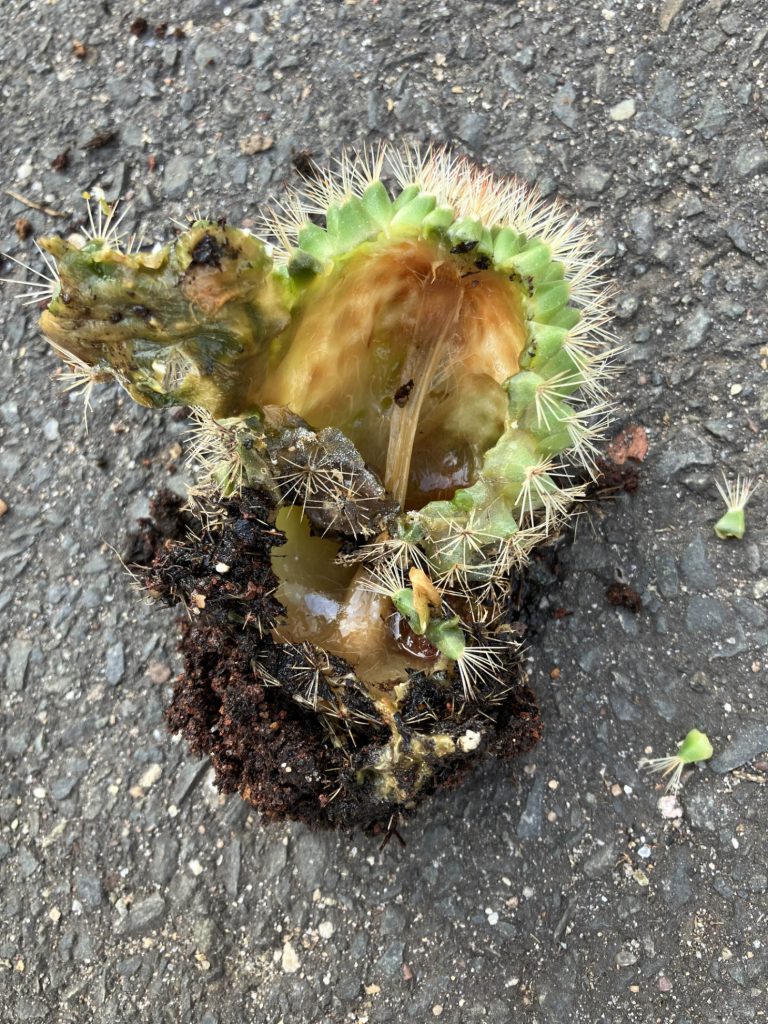
Succulent rot is a common issue caused by too much moisture and poor soil drainage. Quick identification and proper care steps can help you protect your plants and keep them healthy.
How can I prevent rot in my indoor succulents?
Use pots with drainage holes to keep water from collecting at the roots. Water only when the soil is completely dry, which is usually every 1 to 2 weeks.
Make sure your succulents get plenty of indirect sunlight and good airflow around the leaves and stems. Use a well-draining succulent-specific potting mix to give your plant the best chance at avoiding rot.
What are the signs of root rot in succulents?
Roots may look black or brown and feel mushy instead of firm and white. The lower leaves can turn yellow, black, or become soft and soggy.
You might also see the plant wilt or collapse, even though the soil looks wet.
Can a succulent with stem rot be treated effectively?
You can sometimes save a succulent with stem rot if you act quickly. Cut off any mushy or blackened stem tissue with a clean, sharp tool. Make sure to remove all soft or discolored areas.
Let the healthy part of the plant dry out for a few days before replanting it in fresh, well-draining soil.
What are the best practices for preventing succulent rot outdoors?
Plant your succulents in well-draining soil outdoors, such as sandy or gritty mixes. Avoid areas where rainwater can collect or flood after storms.
Water only when the soil is dry, and do not let leaves sit in water. Make sure your succulents get sun and wind to keep the soil dry.
Is it possible to save a succulent that has already started rotting?
You can sometimes save a rotting succulent by trimming off all infected roots or stems. Wash away old soil, and let the cut areas dry for several days until they form a callus.
Do not water right after replanting; wait until the soil is dry and roots start to grow back.
Which fungicide is recommended for treating rot in succulents?
A sulfur-based fungicide or a copper-based fungicide can help treat fungal rot. Always follow the instructions on the product label, and apply only to affected areas.
Fungicide alone will not cure severe rot; it works best when combined with removing all unhealthy plant tissue and improving plant care.

